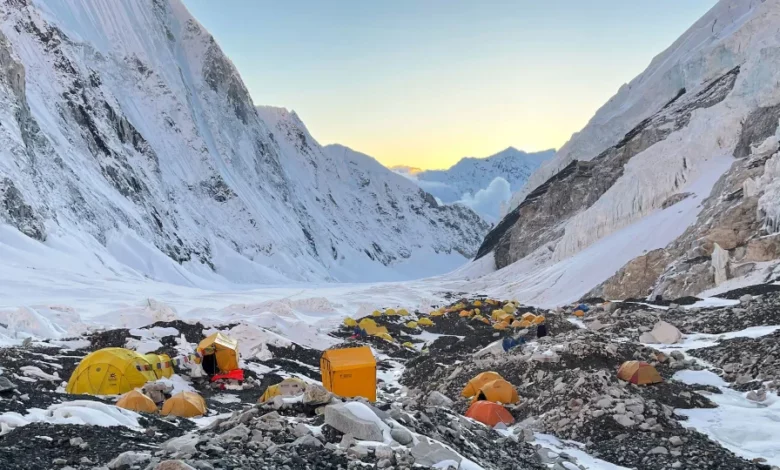
“Jonathan Sugarman died at Camp 2 after he began to feel unwell,” Pasang Sherpa told CNN on Tuesday.
Seattle-based Sugarman was part of an expedition arranged by Washington state-based International Mountain Guides (IMG) with Beyul Adventure handling the local logistics.
Sherpa added that “his body remains at Camp 2 with the rest of the climbing team.”
This comes after Nepal has issued permits for a record 463 climbers by April 26, for this spring season’s expeditions to Mount Everest.
Following Sugarman’s death, the Embassy of the United States issued a statement. “We can confirm Dr. Jonathan Sugarman passed away while climbing Mt. Everest Monday May 1,” it said. “Our deepest sympathies go out to his family and friends.
“The Embassy is in contact with Dr. Sugarman’s family and with local authorities. Out of respect for the family’s privacy, we cannot comment further,” read a statement sent to CNN by an Embassy spokesperson.
Spring is the most popular time to climb Mount Everest with most climbers aiming to ascend the peak in May.
There’s a brief window of time – usually after mid-May – when temperatures are warmer, and the high-altitude winds known as the jet stream have moved away from the mountains.
The climbers, along with staff members and Sherpa guides, spend nearly two weeks hiking to the Everest base camp, which sits at an altitude of around 17,000 feet (almost 5,200 meters).
These warmer conditions and the record number of climbers this year, had raised concerns among mountaineers about dangerous overcrowding at the summit.
A picture taken by climber Nirmal Purja showing a dense trail of people huddling on an exposed ridge to the mountain’s summit in May 2019 went viral. He told CNN at the time that there were roughly 320 people in a line to the top in an area known as the “death zone.”
To avoid overcrowding, Nepali authorities say they are setting up ropes wherever possible.
“The geography we can’t change… but we are trying to manage by adding multiple ropes,” Yubaraj Khatiwada, the director of Nepal’s Tourism Department, told CNN.
Three Sherpas died earlier this month after being buried by a block of snow on Everest, according to the official. The trio were delivering materials to construct and clear a route to be used by climbers to get to the top of the mountain.
Nepal is home to eight of the 10 highest mountains in the world, so mountaineering is a significant source of revenue for Sherpas, despite the risks associated with climbing Everest.



